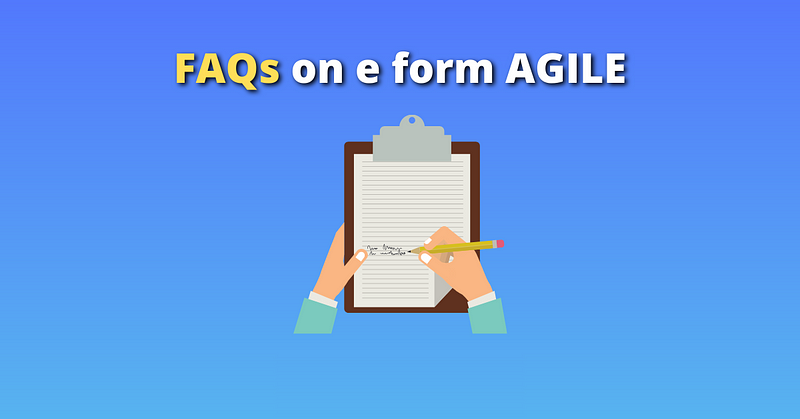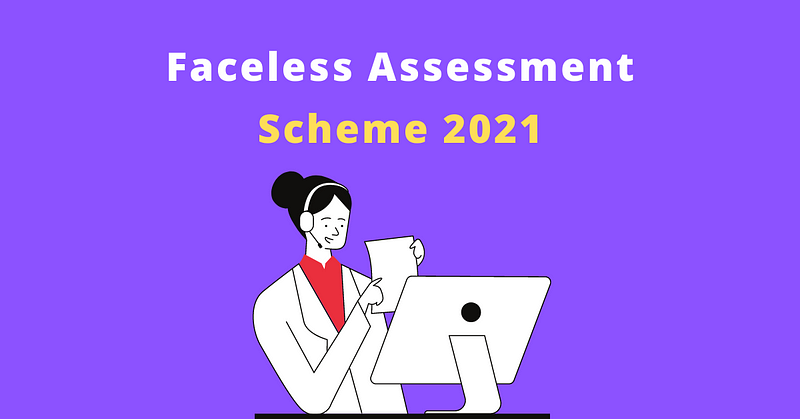A branch office is a suitable business model for foreign companies looking to establish a temporary presence in India. The branch office serves as an extension of the head office business and carries on the same business and activity as that of its parent company.
Most businesses use this mode to learn more about the Indian market. Accordingly, businesses that are looking to expand into Asia or diversify their Asia presence should consider whether a branch office meets their market entry requirements
Conditions for setting up a branch office
Businesses that would like to set up a branch office in India need to meet the following conditions:
• The applicant company must be a body corporate incorporated outside India;
• The name of the Indian branch office must be the same as the parent company.
• The net worth of the branch office must not be less than US $100,000
• The parent company should have a profit making record in the immediately preceding five financial years in the home country.
In cases where the applicant foreign entity does not meet the financial criteria, the parent company may issue a Letter of Comfort (LoC), given the company satisfies the prescribed criteria for net worth and profit.
Permitted Activity Of Branch Office In India:
• Export/Import of goods.
• Rendering professional or consultancy services.
• Carrying out research work, in which the parent company is engaged.
• Promoting technical or financial collaborations between Indian companies and parent or overseas group company.
• Representing the parent company in India and acting as buying/selling agent in India.
• Rendering services in Information Technology and development of software in India.
• Rendering technical support to the products supplied by parent/group companies.
• Foreign Airline/shipping Company.
Closure Of Branch Office
Branch office licenses is given for three years, if at any time the Company plans to close the Branch office setup in India it shall file the necessary documents with the Authorized Dealer, and the application for the closure shall be forwarded by the Authorized Dealer.
Copy of the Reserve Bank’s permission/ approval from the sectoral regulator(s) for establishing the BO / LO.
Auditor’s Certificate-
I) Indicating the manner in which the remittal amount has been arrived at and supported by a statement of assets and liabilities of the applicant, and indicating the manner of disposal of assets.
ii) confirming that all liabilities in India including arrears of gratuity and other benefits to employees, etc., of the Office have been either fully met or adequately provided for; and
iii) confirming that no income accruing from sources outside India (including proceeds of exports) has remained un- repatriated to India.
No-objection / Tax Clearance Certificate from Income-Tax authority for the remittance/s.
Confirmation from the applicant/parent company that no legal proceedings in any Court in India are pending and there is no legal impediment to the remittance.
A report from the Registrar of Companies regarding compliance with the provisions of the Companies Act, 1956, in case of winding up of the Office in India.
Any other document/s, specified by the Reserve Bank while granting approval.
For more information contact us
.png)





